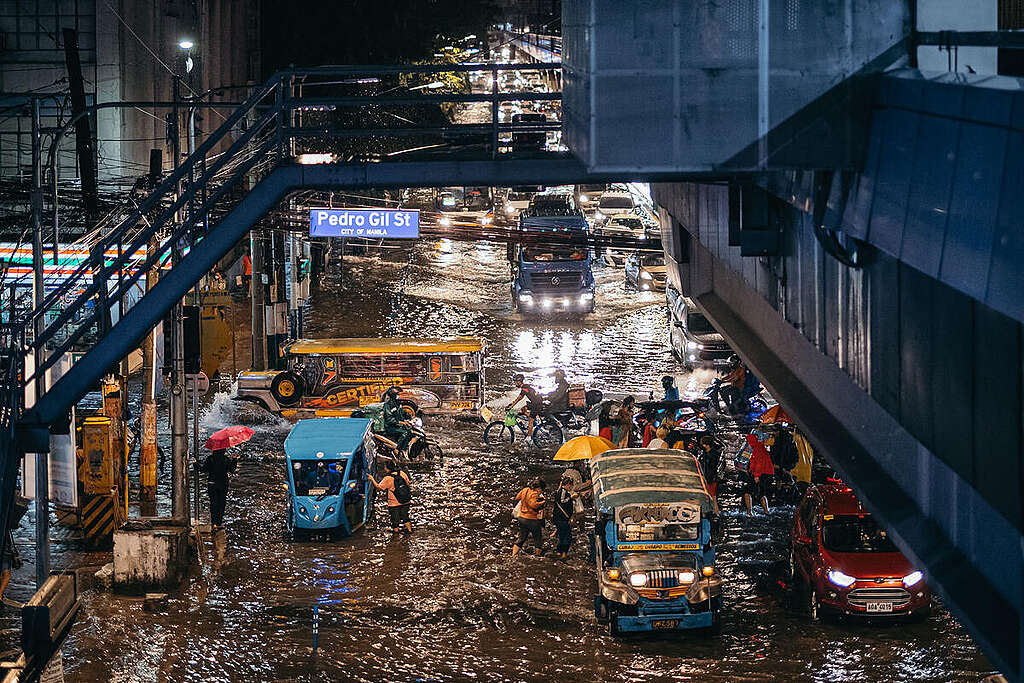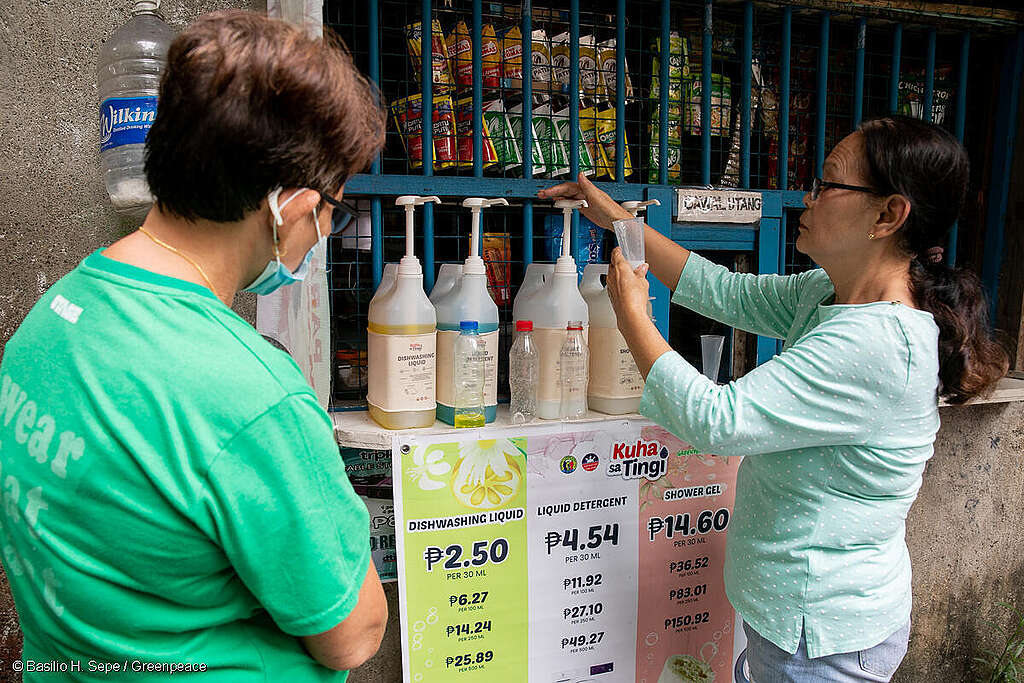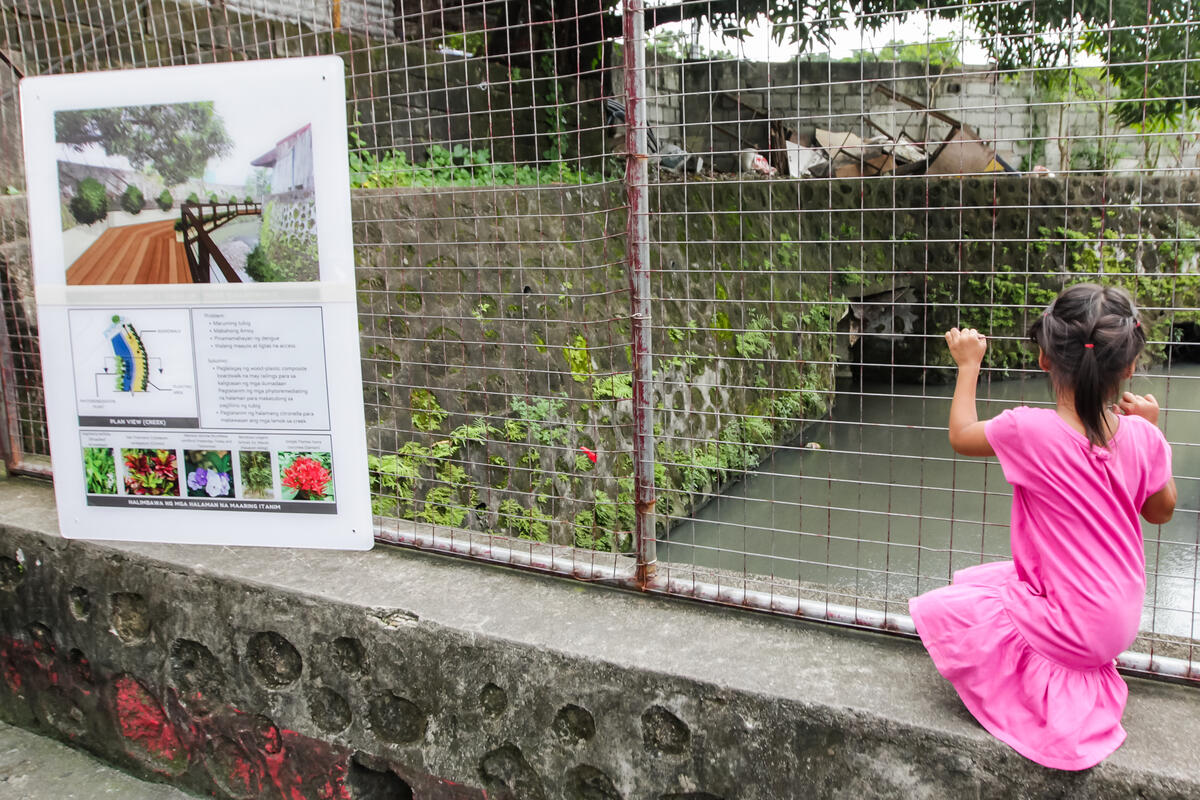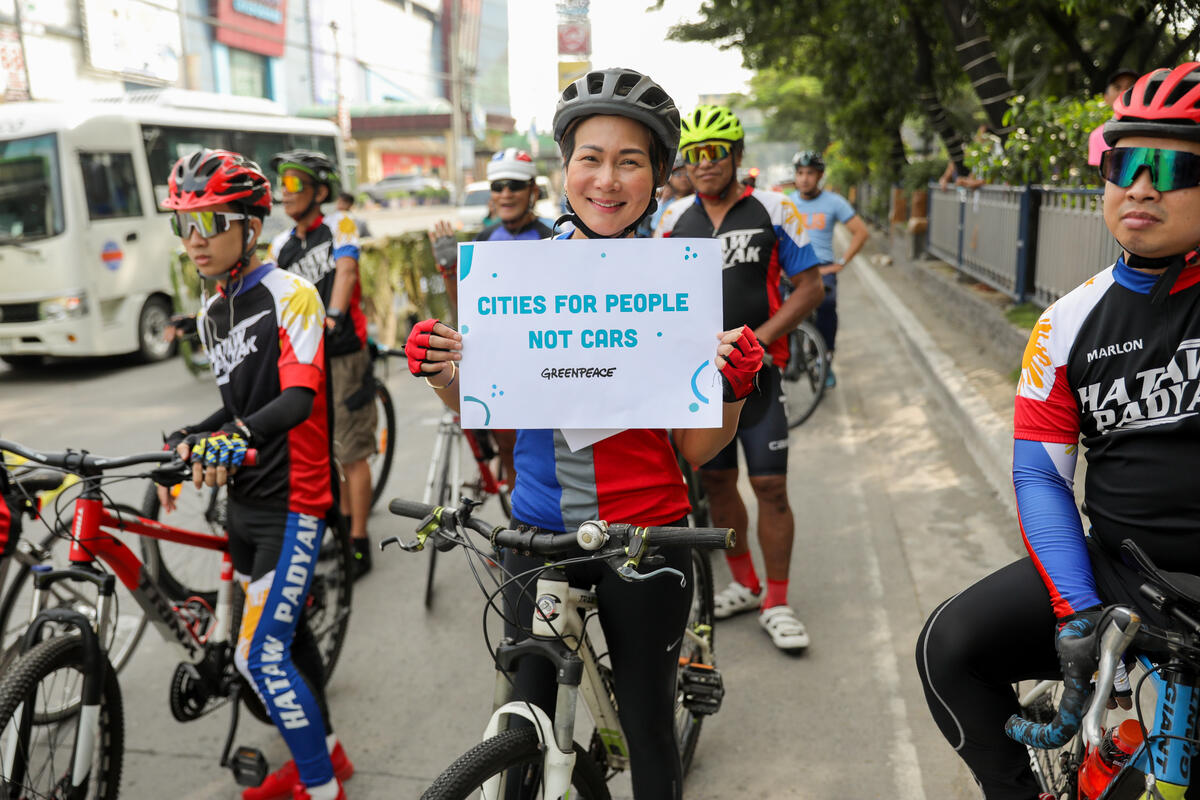In the bustling cities of the Philippines, the Christmas season radiates with festive cheer.
Yet, amidst the jubilant gatherings and bustling commercial districts, a sobering reality lurks behind the celebrations: a convergence of urban challenges and the pressing climate crisis.

The urban landscape transforms into a whirlwind of activity: crowded streets jammed with traffic, crowds of shoppers hunting for holiday deals, and strained public transit systems testing commuters’ patience.
The festive scenes etched into the urban landscapes during Christmas exert a significant environmental toll. Vehicle emissions add to the city’s air pollution. At the same time, the surge in holiday shopping escalates the production of single-use plastics, burdening waste management systems and intensifying the greenhouse gas effect. Not to mention, the substantial packaging waste, which creates further strain on waste management.
Vehicular congestion, which has become a reality of the season, leads to prolonged idling of vehicles amid gridlocked roads, resulting in a surge of greenhouse gas emissions–notably carbon dioxide. Viral photos have circulated portraying one of the expressways as a parking lot stretch due to the Christmas rush. Unfortunately, this exacerbates urban air quality, intensifying the carbon footprint and contributing significantly to the climate crisis.
UNDERSTANDING THE CHALLENGES
The rapid urbanization trends witnessed in major metropolitan areas like Manila, Cebu, and Davao exacerbate the challenges of overcrowding. Streets that once bustled with routine traffic become inundated with a seasonal frenzy, straining transportation networks and infrastructure to their limits.
This holiday fervor also amplifies environmental stress. The increased vehicular traffic, commercial activities, and social gatherings culminate in elevated air and noise pollution levels. The atmospheric haze of pollution dims the festive glow and poses significant health risks, particularly for vulnerable urban communities breathing in the toxic emissions.
Despite the universal celebration, there exists an unsettling dichotomy in resource distribution. While affluent urban areas gleam with extravagant displays and abundant holiday amenities, marginalized communities often endure inadequate access to these resources. This inequality in infrastructure, services, and access to green spaces perpetuates a holiday season of disparity.
The Philippines’ urban communities face heightened vulnerability to climate-related disasters, particularly during the holidays. Inadequate urban planning and infrastructure leave these areas susceptible to flooding, storm surges, and other calamities, leaving behind a trail of destruction and disruption amidst the festive cheer.
The encroachment of urbanization on natural ecosystems takes a toll on biodiversity and green spaces. The sprawl of concrete jungle, amplified during the holidays, encroaches upon these vital ecosystems, diminishing the resilience of urban areas and threatening the delicate balance of nature.
These intertwined challenges underscore the imperative for proactive interventions that align with urban justice and climate crisis mitigation efforts. The need for sustainable and equitable solutions becomes increasingly evident, calling for a collective reimagining of Christmas festivities and, ultimately, the daily urban life in the Philippines.
A WISHLIST FOR THE HOLIDAYS
The realities might be overwhelming, but it doesn’t mean we can’t do anything about it. The truth is, there are actions we can take on our own. The effect of the problems may be overwhelming, but the more minor deeds can make an impact, especially when collective action is taken.
• Supporting Local Products
Backing local businesses, notably Micro, Small, and Medium Enterprises (MSMEs), holds the potential to reshape our cities into resilient and livable spaces. Empowering MSMEs with sustainable practices reduces environmental impact and pushes economic growth.

• Community-Led Green Initiatives
Greenpeace Philippines started its Placemaking in Pasig sometime in the middle of 2023. In October 2023, the community unveiled its vision board, which allowed them to visualize a communal space in their village that would allow them to enjoy the outdoors.

Placemaking allowed residents to envision their communities to make them better places. Starting activities such as Placemaking can unite a community to create greener spaces one can proudly call home. With greener spaces, our urban regions can significantly reduce the urban heat island effect, curbing rising temperatures.
• Policy Advocacy and Government Support
The viral photos on social media that showed EDSA looking like a Christmas tree due to gridlocked traffic only show how we need to improve mobility. Mobility has always been an issue in the country’s metropolitan regions, and this traffic cycle will always continue if nothing is done about it.

For one, it’s time to ramp up efforts in moving people–not cars. A more robust public transportation infrastructure will not only move people faster but, in the long run, will also reduce the carbon emissions that come from vehicles, which mitigates the impact of the climate crisis.
LOOKING FORWARD TO THE NEXT YEAR
This wishlist for a sustainable urban landscape is ambitious. However, in this ambition lies the potential for transformative change. It requires collaborative efforts—communities, civil society, and policymakers uniting for a shared vision. While the road ahead may be arduous, laying the foundation for change can commence, paving the way for a brighter urban future.
About the Author:
John Michael “Mic” Narciso is the Traditional Media Writer for the Community Leadership for Environment and Active Democracy (CoLEAD) project of Greenpeace Philippines. Having worked in the executive and legislative branches of the Philippine government, he uses his experience in strategic communication to advocate policies that address environmental and human rights issues.
